Two absurd propositions are currently gaining unwarranted attention: ‘recognising’ aborigines in the Constitution and a recycled idea from the 1970s and ‘80s when activists, mainly white, called for an independent black nation.
In 1979, Dr ‘Nugget’ Coombs, responsible for much of the early land rights legislation and former governor of the Reserve Bank, set up an all-white Aboriginal Treaty Committee calling for a formal Treaty between Australia and the aboriginal people.
Meanwhile, ex-communist Geoff McDonald, was telling a few home truths. ‘The first step towards making Australia a Communist country,’ he wrote, ‘would be the establishment of a black republic.’
Heavily involved in the union movement and industrial officer for the Australian Nursing Federation dealing with outback issues, McDonald wrote: ‘I saw at first hand how Communism works.’ But as Coombs’ building blocks were being put in place, McDonald’s book, Red Over Black, was ignored by the media and the author silenced.
Coombs, regarded by the misguided as a man of stature, had no trouble recruiting well-positioned supporters: Alan Renouf, head of the Department of Foreign Affairs and Dr ‘Moss’ Cass, an activist Labor MP who joined Al Grassby’s multicultural push to fragment Australia.
Patronisingly, Coombs told aborigines: ‘We decided to work for a Treaty between your people and the Australian Government which would say for the first time that you have been fighting almost 200 years for your land and that people from other countries took that land from you by force… The Treaty should allow you to control your own lives, in your own way on your own land.’
The UN climbed enthusiastically aboard, the World Council of Churches recruited the compassion lobby and from afar John Pilger encouraged the international press to paint Australia as a ‘racist’ country.
Along with the 1975 Racial Discrimination Act, all blended seamlessly together with aborigines used as pawns in what McDonald describes as ‘an invention of white radicals.’
An independent, self-governing nation means foreign troops could be called in, as did Mugabe in Zimbabwe with troops from North Korea.
Former Prime Minister John Howard underlined the absurdity of a nation having a treaty with itself by saying firmly: ‘A treaty implies we are two nations. We are not… we are one indivisible nation.’
Seen as too extreme for most Australians and with the end of the Whitlam government, the Treaty idea sank below the radar, only to reappear recently hand-in-hand with the seemingly less contentious proposal for a Constitutional Referendum to ‘recognise’ aborigines – now known as ‘First Australians’.
Both proposals have been kept alive by public demonstrations of remorse for past treatment of aborigines, while governments acquiesce to the limitless demands of the activists.
A collection of shanties calling itself the Aboriginal Embassy plonked itself on public land opposite Parliament House in 1972. Anyone with a picnic rug and a thermos would have been immediately evicted, but the Government, fearful of a ‘racist’ backlash, sat on its hands. The spot is now on the Register of the National Estate.
Following National Reconciliation Week, 1998 saw thousands march across Sydney Harbour Bridge to say ‘sorry’ for events that occurred before most of them were born. In 2008, Kevin Rudd apologised on behalf of Parliament with those two stellar words in the victim’s emotive lexicon: the Stolen Generation.
Terminology and individual support for Recognition and a Treaty repeatedly change. Shorten, moving from supporting a Treaty to a ‘post-constitutional recognition settlement’, will now ‘listen’ to the Prime Minister’s views. What they are is unclear, and they won’t come soon. Turnbull is awaiting the report from the Referendum Council, an ‘elite group’ having ‘national conversations’ as it wends its expensive way through Australia – the latest in the litany of discussions, talkfests, Advisory Committees and Expert Panels on progress towards a Referendum.
Meanwhile, aboriginal leaders are divided as to whether constitutional change should be a precursor to a Treaty, or are both one package. Some say it would be aboriginal thumbs down to ‘recognition’ without a subsequent Treaty anyway. So why bother with a referendum?
Warren Mundine, head of the Indigenous Advisory Council, supports a Treaty, or rather Treaties, as ‘it would need to be between Australia and each Aboriginal and Torres Strait Islander tribal group, nation to nation.’ With a multiplicity of tribal groups, that’s a big ask.
How far would a Treaty mirror Coombs’ attempt in 1979? What unexplained rights and demands, legal and otherwise, would ‘recognition’ bring?
What difference would ‘recognising’ aborigines in the Constitution make to their present lifestyle in the outback? Or to poverty, drink, and unemployment? None. It’s just a comfort word of appeasement for the compassion industry.
Those, including Bill Shorten and Malcolm Turnbull, who both claim Australia was not settled but ‘invaded’, could well demand this, too, be inserted into the Constitution. Once headed down the slippery slope of change, where would it end? What will the next lobby group demand?
Our Constitution has served us well for over 100 years. We don’t need a rewrite with superfluous and gratuitous wording every time a new idea, fad or trend is supported by a manufactured ‘majority’ called up by an activist minority.
Those opposing the Treaty claim that by appearing too extreme it will ‘endanger’ Constitutional Recognition and put the success of the Referendum at risk. Well, cheers for that.
In 1988, Bob Hawke supported a Treaty, but soon let it blow away in a puff of campfire smoke.
That is exactly how both these time-wasting exercises in futility should be treated now.
The post Two bad ideas appeared first on The Spectator.
Got something to add? Join the discussion and comment below.
Get 10 issues for just $10
Subscribe to The Spectator Australia today for the next 10 magazine issues, plus full online access, for just $10.
You might disagree with half of it, but you’ll enjoy reading all of it. Try your first month for free, then just $2 a week for the remainder of your first year.

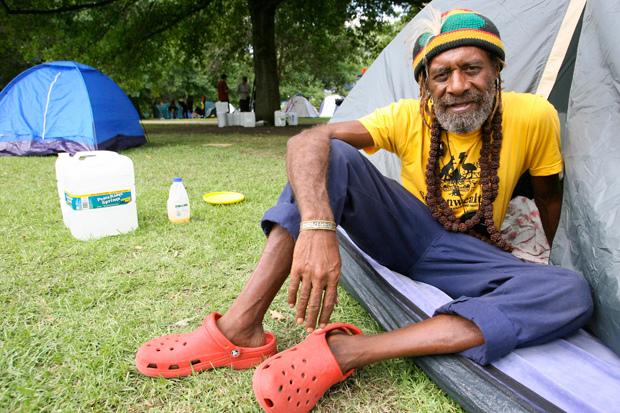
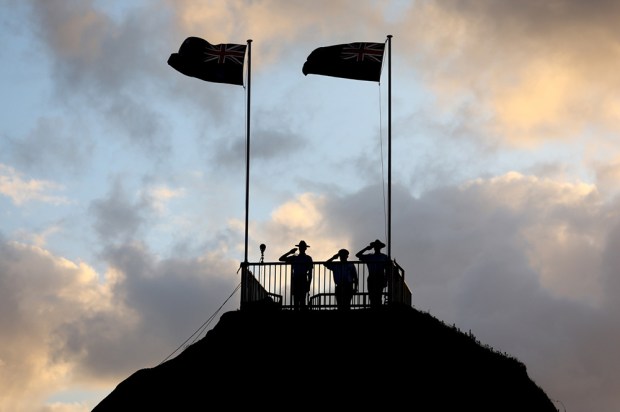

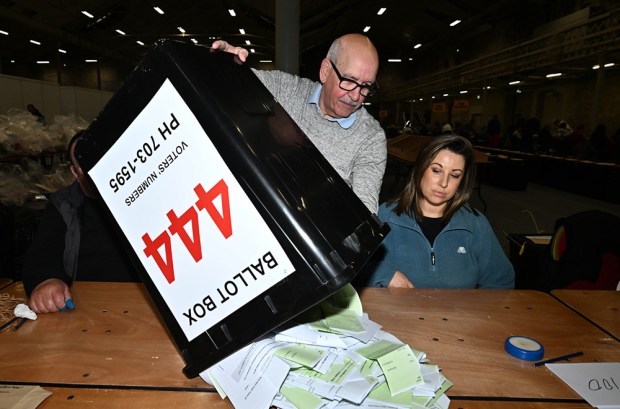

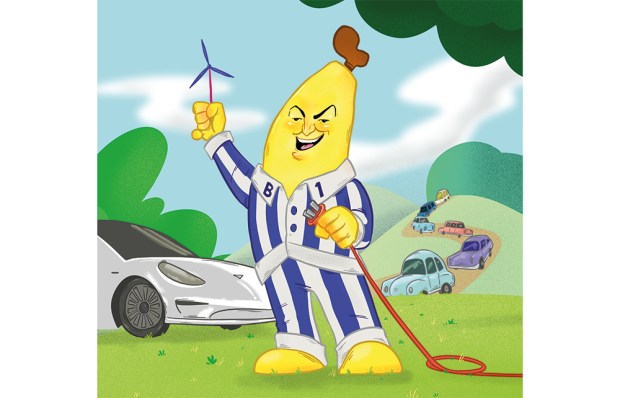
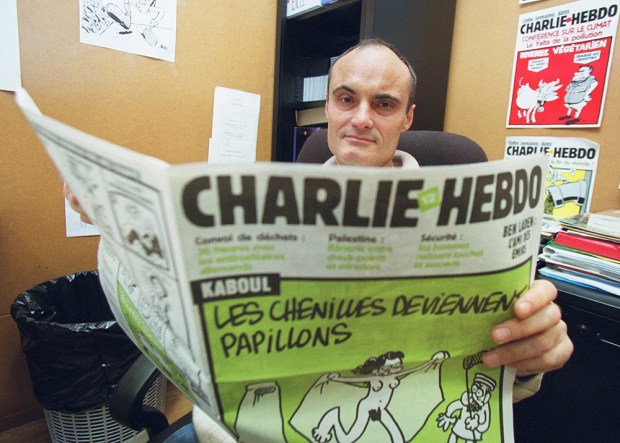






Comments
Don't miss out
Join the conversation with other Spectator Australia readers. Subscribe to leave a comment.
SUBSCRIBEAlready a subscriber? Log in